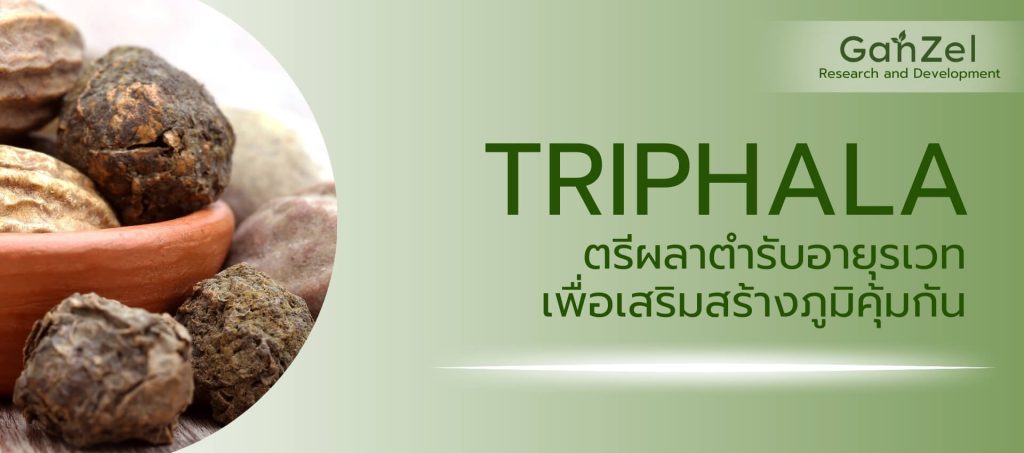Important Information, Supplementary
Triphala
Triphala: A Traditional Ayurvedic Formulation for Immune Enhancement and Well-being: A Review of Evidence and Safety Considerations
Abstract
Triphala, a revered Ayurvedic formulation composed of three fruits (Amalaki, Bibhitaki, and Haritaki), has been utilized for centuries in traditional medicine for its diverse health benefits. This article delves into the current scientific literature exploring the immunomodulatory effects of Triphala, highlighting its potential to enhance immune function and promote overall well-being. Additionally, it addresses the safety profile of Triphala, emphasizing its long history of traditional use and lack of reported adverse effects.
Introduction
Triphala, a cornerstone of Ayurvedic medicine, is a polyherbal formulation consisting of equal parts of the dried fruits of Amalaki (Emblica officinalis), Bibhitaki (Terminalia bellirica), and Haritaki (Terminalia chebula). These three fruits possess unique phytochemical profiles, contributing to Triphala’s broad spectrum of therapeutic activities. In Ayurveda, Triphala is revered as a “tridoshic rasayana,” meaning it harmonizes the three doshas (Vata, Pitta, and Kapha) and promotes longevity and rejuvenation.
Immunomodulatory Effects of Triphala
Research suggests that Triphala exerts immunomodulatory effects through various mechanisms, including:
1. Antioxidant Activity: Triphala is rich in antioxidants, such as vitamin C, tannins, and flavonoids, which scavenge free radicals and protect immune cells from oxidative damage. A study by Baliga et al. (2011) demonstrated that Triphala significantly increased antioxidant enzyme activity in rats.
2. Anti-inflammatory Properties: Triphala has been shown to inhibit pro-inflammatory cytokines, such as TNF-α and IL-6, and modulate the expression of inflammatory enzymes, such as COX-2 and iNOS. A study by Srikumar et al. (2005) found that Triphala attenuated inflammation in a rat model of arthritis.
3. Immunostimulatory Effects: Triphala has been reported to enhance the activity of natural killer (NK) cells, macrophages, and lymphocytes, key players in the immune response. A study by Garodia et al. (2002) demonstrated that Triphala increased phagocytic activity of macrophages and antibody production in mice.
Safety and Toxicity
Triphala has a long history of safe use in traditional Ayurvedic medicine. Extensive toxicological studies have not revealed any significant adverse effects associated with its consumption. However, it is essential to consider potential herb-drug interactions and consult a healthcare professional before using Triphala, especially during pregnancy or lactation.
Conclusion
Triphala, a time-tested Ayurvedic formulation, shows promise as an immunomodulator with potential applications in preventive and therapeutic settings. Its antioxidant, anti-inflammatory, and immunostimulatory properties, combined with its excellent safety profile, make it an attractive natural option for enhancing immune function and promoting overall well-being. However, further research is needed to determine the optimal dosage, formulation, and duration of Triphala use for specific health conditions.
References
• Baliga, M. S., et al. (2011). Triphala, an ancient Ayurvedic formulation, protects against radiation-induced oxidative stress and apoptosis in the brain of rats.
• Garodia, P., et al. (2002). Immunomodulatory activity of Triphala, a polyherbal Ayurvedic formulation.
• Srikumar, R., et al. (2005). The antiarthritic efficacy of Triphala Guggulu in adjuvant-induced arthritis in rats.

